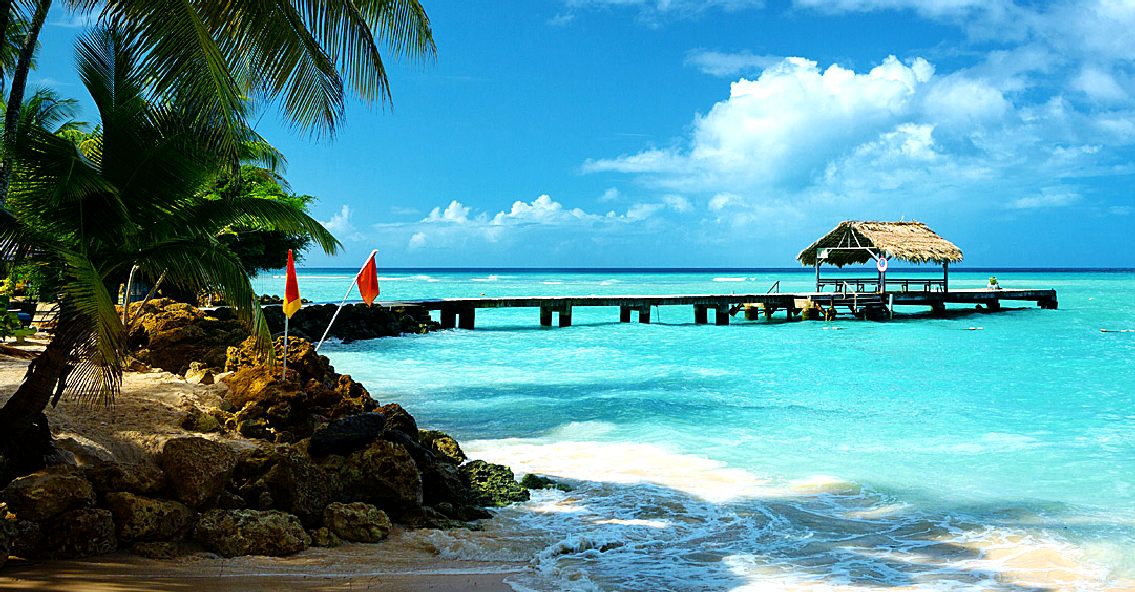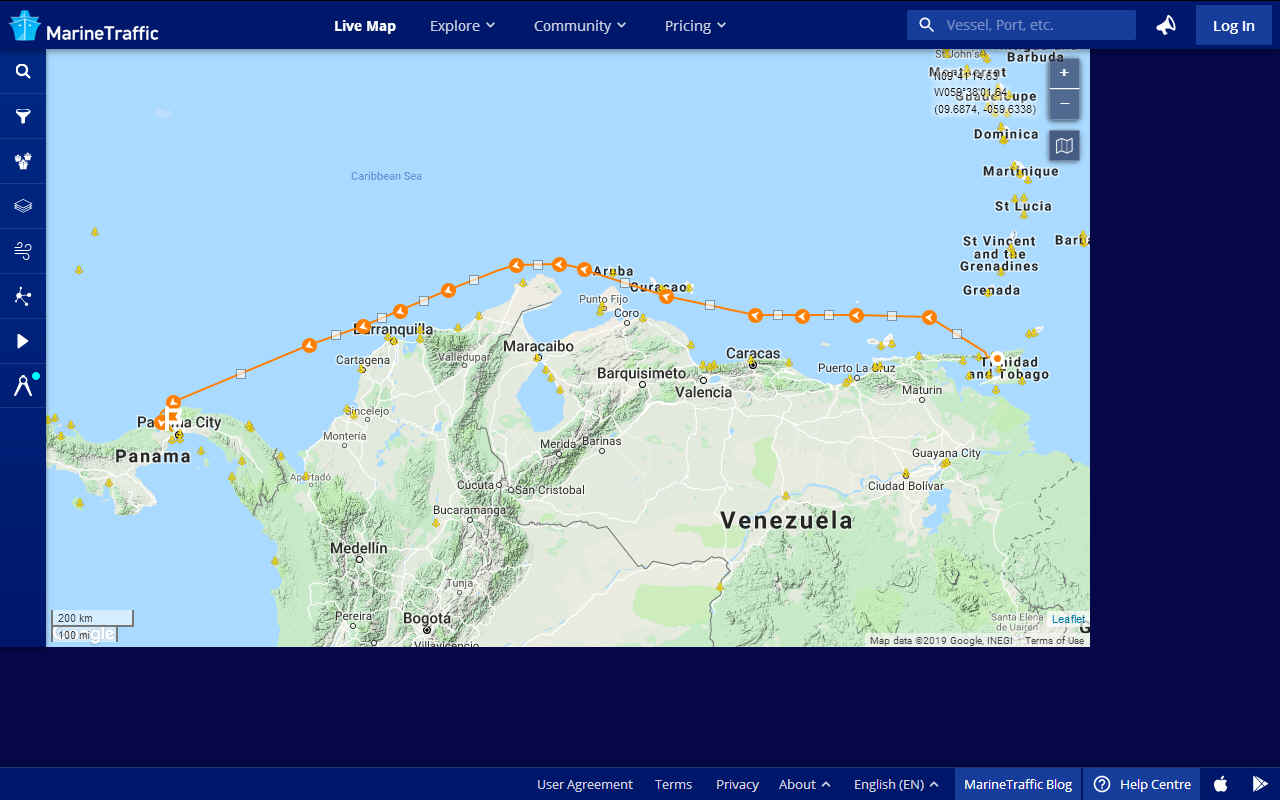|
AROUND THE WORLD IN 80 DAYS
TRINIDAD - HYDROGEN BUNKERING ROUTE PLANNER
Please use our A-Z INDEX to navigate this site or return HOME
|
||||||||||||||||||||||||||||||||||||||||||||||||||||||||||||||||||||||||||||||||||||||||||||||||||||||||||||||||||||||||||||||||||||||||||||||||||||||||||||||||||||||||||||||||||||||||||||||||||||||||||||||||||||||||||||||||||||||||||||||||||||||||||||||||||||||||||||||||||||||||||||||||||||||||||||||||||||||||||||||||||||||||||||||||||||||||||||||||||||||||||||||||||||||||||||||||||||||||||||||||||||||||||||||||||||||||||||||
|
- |
||||||||||||||||||||||||||||||||||||||||||||||||||||||||||||||||||||||||||||||||||||||||||||||||||||||||||||||||||||||||||||||||||||||||||||||||||||||||||||||||||||||||||||||||||||||||||||||||||||||||||||||||||||||||||||||||||||||||||||||||||||||||||||||||||||||||||||||||||||||||||||||||||||||||||||||||||||||||||||||||||||||||||||||||||||||||||||||||||||||||||||||||||||||||||||||||||||||||||||||||||||||||||||||||||||||||||||||
|
Trinidad is the larger and more populous of the two major islands of Trinidad and Tobago. The island lies 11 km (6.8 mi) off the northeastern coast of Venezuela and sits on the continental shelf of South America. Though geographically part of the South American continent, from a socio-economic standpoint it is often referred to as the southernmost island in the
Caribbean. With an area of 4,768 km2 (1,841 sq mi), it is also the fifth largest in the West Indies. The island of Trinidad has a rich biodiversity. The fauna is overwhelmingly of South American origin. There are about 100 species of mammals including the Guyanan red howler monkey, the collared peccary, the red brocket deer, the ocelot and about 70 species of bats. There are over 400 species of birds including the endemic Trinidad piping-guan. Reptiles are well represented, with about 92 recorded species including the largest species of snake in the world, the green anaconda, the spectacled caiman, and one of the largest lizards in the Americas, the green iguana. The largest of turtles (the leatherback turtle) nests on Trinidad's eastern and northern beaches. There are 37 recorded frog species, including the tiny El Tucuche golden tree frog, and the more widespread huge cane toad. About 43 species of freshwater fishes are known from Trinidad, including the well known guppy. It is estimated that there are at least 80,000 arthropods, and at least 600 species of butterflies.
Trinidad is not hydrogen ready as we write, hence clean fleet operators will have to seek alternative handling facilities to comply with the IMO's 2040 target.
3RD LEG - At a speed of 13 knots the third leg of the hydrogen powered zero carbon voyage would take almost four days to complete, free of emissions. The demonstration of ZEWT technology in action, could help speed up the transition to non polluting waterborne transport. These projections are only a guide. Many of the ports of call could be bypassed completely to give us a shorter passage.
SOLAR POWERED TRANSIT EXAMPLES - The above table illustrates one of the most likely climate/ocean awareness expedition routes that could be undertaken by the Elizabeth Swan, showing the time elapsed in days for 7 knots average cruising speed, including times for 5 and 6 knot averages - allowing for 10% downtime and 36 days in ports. Hence, although the objective is to reduce the current solar circumnavigation record from 584 days, the event in not an outright non-stop yacht competition in the offshore racing sense.
|
||||||||||||||||||||||||||||||||||||||||||||||||||||||||||||||||||||||||||||||||||||||||||||||||||||||||||||||||||||||||||||||||||||||||||||||||||||||||||||||||||||||||||||||||||||||||||||||||||||||||||||||||||||||||||||||||||||||||||||||||||||||||||||||||||||||||||||||||||||||||||||||||||||||||||||||||||||||||||||||||||||||||||||||||||||||||||||||||||||||||||||||||||||||||||||||||||||||||||||||||||||||||||||||||||||||||||||||
|
A RACE AGAINST THE CLIMATE CLOCK: The climate clock is ticking faster, speeding up global warming. Solar power is a proven means of traversing the oceans, but it is too slow for cargo transport as we write. But introduce hydrogen into the equation and we can manage up to 4000nm on hydrogen tanks alone. Using LH2, it might be possible to circumnavigate the globe on one tank full - and using solar in combination, travel Around The World In 80 days. Without hydrogen bunkering at ports and harbours it is more of a logistical challenge. This is a problem for port authorities and operators all over the globe, a topic for COP26 and similar events - as the world continues to fry on fossil fuels. http://jules-verne.org/ http://jules-verne.org/
Please use our A-Z INDEX to navigate this site
This website is Copyright © 2021 Jameson Hunter Ltd, an equal opportunities company. This website is carbon friendly, using less energy to load on average per page via simplicity & picture optimization. The same may not apply to third party links.
|


